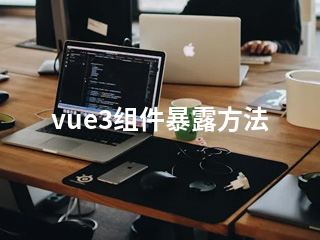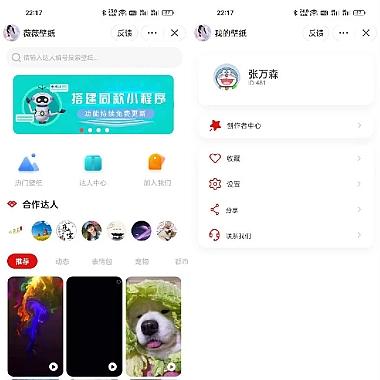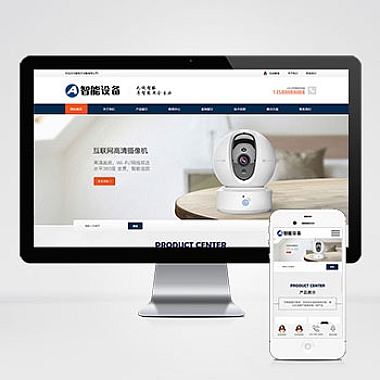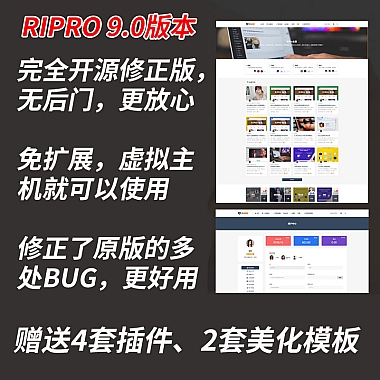Vue3组件暴露方法
解决方案
在Vue 3中,有时我们需要从父组件调用子组件的方法。为了实现这一点,我们可以使用defineExpose宏来明确地指定哪些属性和方法可以被父组件访问。介绍几种在Vue 3中暴露组件方法的方式,并提供具体的代码示例。
1. 使用 defineExpose 暴露方法
这是Vue 3推荐的做法,通过defineExpose可以有选择性地暴露组件内部的方法给父组件。
vue</p>
import { ref } from 'vue'
// 定义一个内部方法
const count = ref(0)
function increase() {
count.value++
}
// 只暴露increase方法给父组件
defineExpose({
increase
})
<p>
<div>
Counter: {{ count }}
</div>
在父组件中可以通过ref引用并调用该方法:
vue</p>
import { ref } from 'vue'
import ChildComponent from './ChildComponent.vue'
const childRef = ref(null)
function callChildMethod() {
childRef.value.increase()
}
<p>
<button>Increase Counter</button>
2. 使用 emit 触发事件
另一种思路是不直接暴露方法,而是通过emit事件来间接触发子组件的行为。
vue
<!-- 子组件 --></p>
const emit = defineEmits(['requestIncrease'])
function handleIncreaseRequest() {
emit('requestIncrease')
}
<p>
<button>Request Increase</button>
vue
<!-- 父组件 --></p>
import { ref } from 'vue'
const count = ref(0)
function handleIncrease() {
count.value++
}
<p>
<p>Count: {{ count }}</p>
3. 使用 provide/inject 进行跨层级通信
当需要跨越多层组件时,可以考虑使用provide/inject组合。
vue
<!-- 祖先组件 --></p>
import { provide } from 'vue'
function globalMethod() {
console.log('Called from any descendant component')
}
provide('globalMethod', globalMethod)
<p>vue
<!-- 子孙组件 --></p>
import { inject } from 'vue'
const globalMethod = inject('globalMethod')
function callGlobalMethod() {
globalMethod()
}
<p>这三种方法各有优缺点:
- defineExpose最直观,适合父子组件直接通信
- emit更符合Vue单向数据流原则,维护性好
- provide/inject适合跨层级通信,但要注意避免过度使用导致组件耦合度过高
根据具体场景选择合适的方法,可以使我们的代码更加清晰、易于维护。











